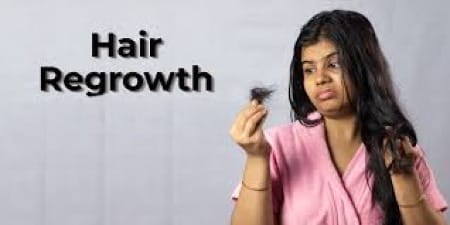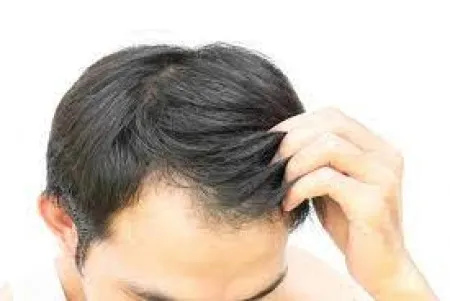With so many options available, choosing the right treatment can be overwhelming. This article will explore the most effective hair regrowth treatments, how they work, and what you should consider before starting any regimen.

Understanding Hair Loss
Before diving into treatment options, it's essential to understand the root cause of hair loss. The most common form of hair loss is androgenetic alopecia, also known as male or female pattern baldness. This hereditary condition leads to gradual thinning and loss of hair, usually starting at the crown or hairline. Other causes of hair loss include hormonal changes (such as those occurring during pregnancy or menopause), nutritional deficiencies, stress, and certain medical conditions like alopecia areata.
Understanding the cause of your hair loss is crucial in selecting the right treatment. Consulting with a healthcare provider or dermatologist can help you determine the underlying cause and the most suitable treatment options.
Top Hair Regrowth Treatments
- Minoxidil (Rogaine)Minoxidil is one of the most popular over-the-counter treatments for hair loss. Originally used to treat high blood pressure, it was found to have the side effect of promoting hair growth. Minoxidil works by increasing blood flow to the hair follicles, encouraging growth and slowing down the process of hair thinning. It is available in both topical foam and liquid forms and is applied directly to the scalp.Consistent use of minoxidil can result in noticeable hair regrowth within a few months. However, it’s important to note that the results vary from person to person, and continued use is necessary to maintain the benefits. If treatment is discontinued, hair loss may resume.
- Finasteride (Propecia)Finasteride is an oral medication that’s commonly prescribed for male pattern baldness. It works by inhibiting the conversion of testosterone to dihydrotestosterone (DHT), a hormone linked to hair loss. Finasteride has been shown to be effective in slowing hair loss and, in some cases, promoting regrowth.Unlike minoxidil, finasteride is available only by prescription, and its use is typically recommended for men. Women, especially those who are pregnant or planning to become pregnant, are advised against using finasteride due to potential risks. Like minoxidil, the effects of finasteride are maintained only with continuous use.
- Platelet-Rich Plasma (PRP) TherapyPRP therapy is a more recent innovation in hair regrowth treatment. This procedure involves drawing a small amount of the patient’s blood, processing it to concentrate the platelets, and then injecting the platelet-rich plasma into the scalp. The growth factors in PRP are believed to stimulate hair follicles, encouraging regrowth and improving hair thickness.PRP therapy usually requires multiple sessions over several months, with maintenance treatments every few months. While PRP is generally considered safe, it can be costly, and results can vary based on the individual.
- Hair Transplant SurgeryFor those seeking a more permanent solution, hair transplant surgery may be an option. This procedure involves removing hair follicles from a donor area (typically the back of the scalp) and transplanting them to areas where hair is thinning or balding.Hair transplants have advanced significantly in recent years, with techniques like Follicular Unit Extraction (FUE) offering more natural-looking results and faster recovery times. However, surgery is an invasive option, and it can be expensive. As with any surgical procedure, it’s important to consult with a qualified professional to discuss risks and expectations.
- Natural Remedies and Lifestyle ChangesIn addition to medical treatments, some people turn to natural remedies and lifestyle changes to combat hair loss. Essential oils, such as rosemary and peppermint, have been suggested to improve scalp health and stimulate hair growth. Maintaining a balanced diet rich in vitamins and minerals, especially biotin, zinc, and iron, is also beneficial for hair health.Reducing stress through activities like yoga or meditation, getting regular exercise, and avoiding harsh hair treatments can also help improve hair quality and potentially slow hair loss.
Considerations Before Starting Treatment
Before embarking on any hair regrowth treatment, it’s essential to manage expectations. Hair regrowth can be a slow process, and results vary widely depending on the individual and the treatment method. It’s also important to be aware of potential side effects and costs associated with treatments.
Consulting with a healthcare professional can provide valuable insights into which treatment may be most effective for your specific situation. They can help you weigh the benefits and risks and develop a treatment plan that aligns with your goals.
